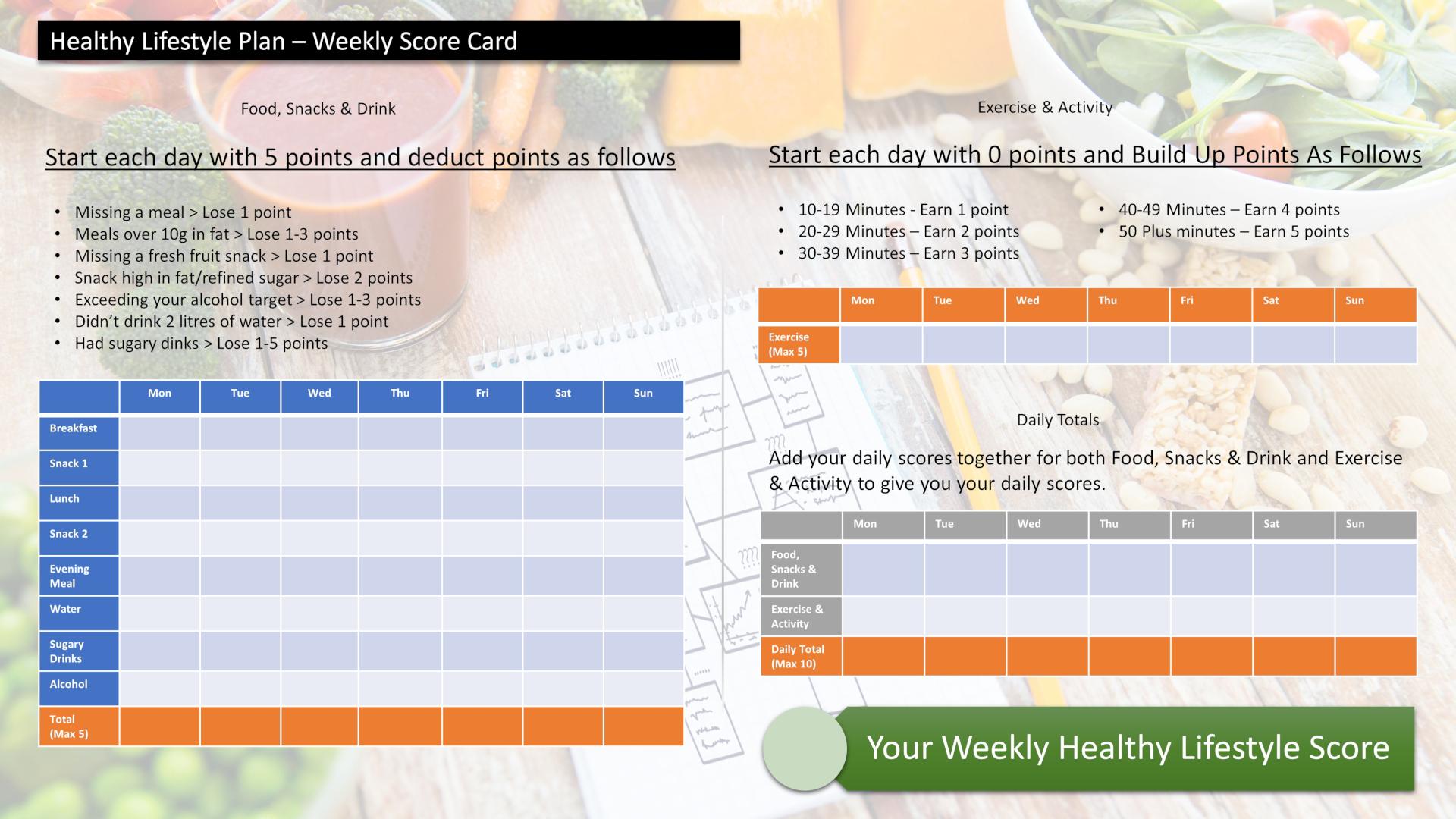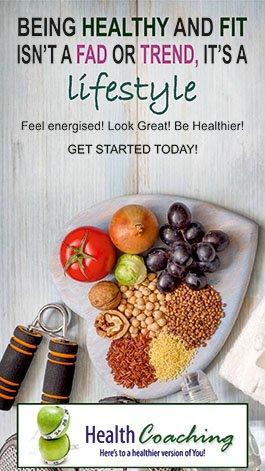Think of lifestyle change as an evolving process, not as something with which you can start then stop when your targets are achieved. It’s easy to get caught up in the idea that you can achieve a certain number on a scale or a certain body size and that will be that. The problem is that it’s not going to be enough. If you then return to your old way of living, all that you achieved will be lost, you’ll just go back to where you were when you started. You have to maintain your healthy lifestyle for the long term in order to maintain those results.
At some point in time in everyone’s life they try to figure out how to feel better and live longer. To live a healthy lifestyle means to be consciously aware of the choices you make and the things you do that are good for the body, mind and spirit. To live a healthy lifestyle will reduce the risks for serious medical conditions such as high blood pressure, obesity, diabetes and obesity.
You know you’re “supposed to” eat better but what should you eat? Most of us say we want guidelines for healthy eating and if we knew exactly what to do, we’d do it! Fortunately, eating for good health doesn’t have to be time- consuming or boring.
Developing healthy eating habits is easier than you might think if you make the transition to healthy eating gradually.
Daily healthy eating begins with:
- fresh food simply cooked,
- lots of fresh vegetables,
- salads and fruits,
- smaller helpings of meat, fish, poultry, seeds, nuts, pulses and wholegrain,
- drink plenty of water.
All of the food we eat can be divided into five groups.
Fruit and vegetables
These should make up about a third of your diet and can be eaten as part of every meal and also as snacks. You should eat at least five portions of fruit and vegetables every day. They provide essential nutrients such as vitamins and minerals and contain fiber and many other compounds associated with good health.
Bread, rice, potatoes, cereal and pasta
This group should make up another third of your diet. These foods contain starchy carbohydrates providing your main source of energy. Choose the wholegrain varieties where you can as they are rich in fibre and other nutrients and you may have a reduced risk of certain cancers, diabetes and coronary heart disease.
The following third of your diet is made up of three groups containing foods that need to be consumed in smaller proportions than the other two groups. These food groups also contain nutrients essential to your diet, so it’s important not to leave them out completely.
Meat, fish, eggs and beans
This food group includes both animal and plant sources of protein, which helps build, repair and maintain all your body tissue.
Milk and dairy foods
These should be eaten in moderation because of their high saturated fat content but they are an important source of calcium which is essential for healthy bones and teeth. Choose low fat or reduced fat versions where possible.
Foods containing fat and foods containing sugar
This group makes up the smallest section of your diet and should be eaten sparingly. It includes foods such as oils, sweets, cakes, biscuits and sugar rich drinks, including alcohol. They are high in calories and contain very few nutrients. Foods from this group are also high in saturated fat, sugar and salt, all of which are associated with an increased risk of developing certain diseases. However, fats are essential in your diet for proper nerve function, but should be in polyunsaturated or monounsaturated form, such as olive oil or sunflower oil.
Following a healthy eating plan can reduce the risk of developing high blood pressure and can lower an already elevated blood pressure. It can also help to prevent certain diseases known to be related to diet and nutrition, particularly heart disease, stroke, high cholesterol, diabetes and obesity.
Eating healthily does not mean food has to be boring. There are lots of healthy yet tasty recipes to choose from. A healthy eating plan should be enjoyable, delicious and family friendly, and generous and flexible enough to stick to for the long term. You will feel great with lots of energy, look slim and trim and be physically fit and active and you will have the motivation to continue along this path for a lifetime. over the next few months i will bring to you a selection of recipes that taste great, and will help you lead a healthy lifestyle.
Everyone wants to look and feel healthy, and there are seemingly endless easy ways to improve your health. Whether you’re improving your diet or just getting off the couch, small steps can make a big impact. Here are a few extra tips to help you on your way:
Cut down on sugary drinks: Reduce your intake, or completely cut out soft drinks, juices, and sports drinks that are full of sugar, and opt for water, milk and healthier options instead.
Don’t forget to eat your veggies: Eat at least five servings of fruit and vegetables every day.
Make sure you’re getting enough Omega-3 fats: Eat a diet rich in fish, legumes, and nuts to get Omega-3 fats.
Drink water: You’ve heard it before, but we’ll say it again. Drink water to stay hydrated. You can add some cucumber, lemon, orange, or grapefruit to bring some flavor to water if you need to.
Never super size: Eating fast food occasionally is not bad, but eating astronomic portions of it is, so stick to smaller servings.
Eat whole grains: The outer bran of grains is richer, and whole grains provide healthier carbohydrates than processed ones.
Score Your Way To Good Health - With Our Healthy Lifestyle Plan
Score your way to good health with our healthy lifestyle plan and it's unique 70 point weekly scorecard!



